In this chapter we finally get out of the forest. Hester and Dimmesdale’s meeting is over and therefore they depart their ways. For the first time there is a change in Dimmesdale’s character. Hester on the other hand through her charity work finds out that there is a ship set to sail to Europe in about 4 days and Dimmesdale sermon is in three days. Looks like everything is going in their favor for once. A different atmosphere takes over this chapter because of Dimmesdale’s sudden change of nature. It’s like something evil has overcome him. For instance along his way back from the forest he sees a young women and it seems like he wants to commit the sin again but something stops him. Also we see a bit of Mistress Hibbins, asking Dimmesdale if he needs company to the forest next time he goes. Moreover for a moment it feels like Dimmesdale is under Satan’s rule because this sudden rude nature comes out for the very first time. Next important event that takes place is when Chillingworth comes back in the scene and its interesting how Dimmesdale’s tone towards Chillingworth does not change. He kindly refuses Chillingworth’s treatment from now on and this makes Chillingworth wonder whether Hester had revealed his secret. Lastly when the old man leaves the reverend’s room a new spark ignites in Dimmesdale and he begins writing his speech all over again. And that’s how it ends.
That self was gone. Another man had returned out of the forest; a wiser one; with a knowledge of hidden mysteries which the simplicity of the former never could have reached. A bitter kind of knowledge that!
This is significant because it reflects on the change in Dimmesdale’s attitude after he emerges from the forest. For the first time Hawthorne shows a different side to the not so courageous Dimmesdale. And this new attitude plays an important role in the events that are to follow in the lives of Hester, Chillingworth and Dimmesdale himself.
So Dimmesdale’s petrified about Pearl’s reaction towards him. Although he mentions that no child has been happy in his presence except for Pearl, referring to the event that took place 4 years ago at the Governor’s Hall. Pearl’s refusal to recognize Hester without the Scarlet letter is sad because to satisfy Pearl she wears her shame again. It’s so unfortunate, because an hour ago she flung it in the withered leaves quite sure she wasn’t going to see it again. And now it’s back on her chest. I like the mood Hawthorne has set when Hester and Dimmesdale are having a little argument over whose features Pearl has acquired. They call her the ‘visible tie’ that has brought them together. The brook symbolizes the boundary where Pearl is on one side and her parents on the other. However I am not quite sure as to what Hawthorne is trying to say here. Moreover I am curious as to why Pearl was upset to see the missing letter. Honestly I was expecting the opposite reaction from Pearl. Furthermore I think Pearl is not that mature as she was portrayed in Chapter 6 because of her typical childish acts. When Dimmesdale kisses her she runs off by the brook side and washes it away. This implies that she doesn’t really approve Dimmesdale. Maybe because she’s seeing him after a long time or is not used to anyone else’s touch except Hester’s.
In a mood of tenderness that was not usual with her, she drew down her mother's head, and kissed her brow and both her cheeks. But then—by a kind of necessity that always impelled this child to alloy whatever comfort she might chance to give with a throb of anguish—Pearl put up her mouth, and kissed the scarlet letter too!
This is significant because Pearl kisses the letter which I feel mocks Hester. Also this is the first time she’s showed love instead of curiosity towards the letter’s appearance.
Hester’s decision to be with Dimmesdale energizes the atmosphere and excites me. I can connect with Dimmesdale when he says “Do I feel joy again?” “Methought the germ of it was dead in me!”Because it’s like that moment when you feel happy after a really long time. The best part in this whole chapter is the moment when Hester takes off the Scarlet letter from her breast and flings it in the forest.”O exquisite relief” is her remark something similar to mine. After the removal Hester’s beauty floods out. Hawthorne words create vivid imagery in my mind. The heavenly light brightens up the forest and there is Hester in the center of it. I am so glad it’s gone but it also excites me as to what the reaction of the townspeople will be. How is she going to answer the questions she’s going to be bombarded with? What irks me is that Dimmesdale isn’t that optimistic and instead of him encouraging Hester. It’s the complete opposite. Its like the roles have been switched.id say Hester’s removal of the scarlet letter is the second climax in the novel the first being the revelation of Chillingworth’s true motives.
Love, whether newly born, or aroused from a death-like slumber, must always create sunshine, filling the heart so full of radiance that it overflows upon the outward world. Had the forest still kept its gloom, it would have been bright in Hester's eyes, and bright in Arthur Dimmesdale's!
The sun shines upon Hester and her lover which implies that there is something good in store for them. I think another reason apart from the scarlet letter hat the sun didn’t shine upon her was because she lacked Love in her life. And this passage well supports that. She has her love and so she has her sunshine. I like how Hawthorne has connected sunshine and Hester so purely.
This turns out to be a very interesting chapter because for the first time Hester and Dimmesdale have ‘the talk’. Set in the forest, It’s a very intense atmosphere as Hester reveals that the physician Roger Chillingworth is her husband and he’s taking revenge on him from the past 7 years. Another thing I notice is that Hester for the very first time refers to Dimmesdale by his first name ‘Arthur’. It reflects on the change of feelings like she has a connection there with him. Its adorable how Hester just hugs Dimmesdale in the forest. It’s such a picture -perfect moment.However,I feel Dimmesdale’s refusal at first to refuse Hester after she confesses her mistake is very just. Hester’s desperation to seek Dimmesdale’s forgiveness comes out when Hawthorne says that she can survive without the heaven shining upon her but without Dimmesdale she’s living dead. I like how Hawthorne has brought out the importance of the theme of love. Moreover Hester’s decision to go against all odds to be with Dimmesdale proves her immense love for him. Another thing that worries me and Dimmesdale is the course of revenge that Chillingworth will now take. I wonder if he’s going to expose them and just get over with his revenge or will he continue the path he’s on.
"Be a scholar and a sage among the wisest and the most renowned of the cultivated world. Preach! Write! Act! Do anything, save to lie down and die! Give up this name of Arthur Dimmesdale, and make thyself another and a high one, such as thou canst wear without fear or shame"
Hester’s positive attitude to start a new life with Dimmesdale in any part of the world is so refreshing to see. She’s filled with optimism and for once excited about her Future. On the other hand Dimmesdale is looking a bit cynical and has no hope left. In the end when Hester says “Thou shalt not go alone!”is like the cherry on top. Although I am excited about their journey I feel something bad will happen to either one of them.
Hester meets up Dimmesdale in the forest. It’s the first time their meeting and Hester’s hurt to see Dimmesdale in this ailing condition. Pearl’s dialogue referring the sunshine is a bit harsh. “Mother,” said little Pearl, “the sunshine does not love you. It runs away and hides itself, because it is afraid of something on your bosom. Now, see! There it is, playing, a good way off. Stand you here, and let me run and catch it. I am but a child. It will not flee from me; for I wear nothing on my bosom yet!”
She has realized that the scarlet letter upon her mother’s chest is the reason that sun doesn’t shine upon her. Hawthorne weaves a common hysteria of witchcraft and the Devil in this chapter. As pearl says “O, a story about the Black Man, which shocks Hester as to how Pearl knows about it. The black man symbolizes the Devil and I feel in this case its Chillingworth because of his actions. It’s impressive how Pearl connects Hester’s scarlet letter, Dimmesdale’s hand on his chest, the refusal of the sun to shine upon Hester and lastly the black man who left the mark upon her.
Not much action takes place in this chapter. Except Pearl’s impressive discovery as to why Dimmesdale keeps a hand on his heart. She mimics her mother by wearing the letter A on her bosom the only difference being its green. Moreover, Hester’s repetition of her hatred towards Chillingworth proves that she has now chosen whose side she’s really on. Hester also realizes that she cannot yet reveal the truth to Pearl.
“What does the letter mean, mother?—and why dost thou wear it?—and why does the minister keep his hand over his heart?”
“What shall I say?” thought Hester to herself. “No! If this be the price of the child's sympathy, I cannot pay it.”
Pearl’s persistent questioning puts Hester into thought that its time maybe Pearl should know the truth, but then something pulls her back.I wonder when and how Pearl will get to know the truth. I love how Hawthorne leaves a cliff hanger at the end of every chapter
So Hester decides to talk to the evil Mr.Chillingworth regarding her lover Dimmesdale’s health. The scene is set in a garden where old Chillingworth is collecting herbs he needs to treat people. Hester manages to get Little Pearl away so that she can talk in private. A new and more evil side to Chillingworth comes to light. I am so glad Hester finally takes a stand. What comes out of this chapter is chillingworth’s desire and intensity to take revenge from Dimmesdale. Moreover I feel Chillingworth’s real feelings about the whole situation come out, whatever he’s been feeling for the past 7 years. Chillingworth’s reference to a black flower symbolizes evil and revenge that is to follow. I appreciate how Hester hasn’t become haughty even after people no longer consider that A for adulteress. Her decision to tell Dimmesdale about Chillingworth’s real identity arouses high expectations for the next chapter
You are beside him, sleeping and waking. You search his thoughts. You burrow and rankle in his heart! Your clutch is on his life, and you cause him to die daily a living death; and still he knows you not. In permitting this, I have surely acted a false part by the only man to whom the power was left me to be true!”
“What choice had you?” asked Roger Chillingworth. “My finger, pointed at this man, would have hurled him from his pulpit into a dungeon,—thence, peradventure, to the gallows!
I can feel guilt and a high degree of confidence in Hester’s words. She knows its no one but her husband and she’s disappointed because the last time they spoke he made it clear himself he wouldn’t take revenge. Yet Chillingworth does the opposite and seeing from his reply he makes it look like he’s done a big favor by poisoning him slowly rather than revealing him in the public and causing him embarrassment.
This is an interesting chapter because the society’s view towards Hester takes a complete u-turn. The scarlet letter on her bosom is no longer taken for ‘ADULTERER’. They now take it for ‘ABLE’ something much more positive than the previous name it was associated with. I honestly didn’t see this coming I thought they’d torture her for life but their attitude is refreshing. Obviously there is a reason behind it and that’s because of Hester’s helpful nature. She goes the extra mile to comfort others. I feel like by being there for others she s trying to hide her loneliness. Hawthorne brings in the much needed positive atmosphere. Moreover Hester’s kind actions show her high level of patience which reflects on Puritan beliefs. Also another development is Pearl; she is now 7.Hester realizes that Chillingworth is slowly and secretly causing harm to Dimmesdale. As a result Hester decides to talk to the physician about Dimmesdale’s ailing health. Its not so surprising that Chillingworth turns out to be a backstabber because he didn’t seem to be the type of person to go away so easily without taking revenge. Last but not the least I am glad to see that Hester’s benevolent nature does reap her some rewards.
The letter was the symbol of her calling. Such helpfulness was found in her,—so much power to do, and power to sympathize,—that many people refused to interpret the scarlet A by its original signification. They said that it meant Able; so strong was Hester Prynne, with a woman's strength.
I find this important because I feel this is the turning point in the novel. Where at one point the society that shunned her has now starting to accept her. And they themselves have given a new meaning to the scarlet letter she wears upon her bosom.
Going a bit crazy, the clergyman now heads over to the scaffold where he encounters Pearl and Hester. The second most important scaffold scene takes place in this chapter. Whereby Hester, Pearl and Dimmesdale stand on the scaffold in the middle of the night. I like how Hawthorne describes this as “electric chain” it just shows the importance of a man in a women’s life and that of a father’s importance in a child’s life. For the first time, the three are together on the scaffold making it one my favorite scenes. Moreover, Dimmesdale finally questions Hester about the ‘nameless horror’ in the shape of Chillingworth. However she refuses to say anything and brushes the matter aside. I dislike how Hester just refuses to tell him anything about Chillingworth.Furthermore, Hawthorne’s tone in this chapter seems curious. Another important thing that happens is the falling of the meteor in the shape of letter A. Obviously Hester and Dimmesdale take it as a reminder of the sin of adultery they had committted.Chillingworth almost stalks Dimmesdale which is creepy. Towards the end the minister returns Dimmesdale’s glove which he found on the scaffold and doesn’t even doubt him for a second. This implies that your name was more than just a name it was your reputation. And so Dimmesdale easily escapes but I am this is not going to happen all the time.
“I tell thee, my soul shivers at him!” muttered the minister again. “Who is he? Who is he? Canst thou do nothing for me? I have a nameless horror of the man!”
This is significant because Dimmesdale finally starts getting those cynical vibrations from Chillingworth. Firstly because Chillingworth is creepy and secondly because he fears his secret might not just be a secret anymore.
In this chapter ,Hawthorne focuses on Dimmesdale and Chillingworth’s fake relationship. Chillingworth finds ways to take revenge and Dimmesdale gets a slight hint that something about this physician is just not right. He fears that letter on his chest might not be a secret anymore. At one point, Dimmesdale starts seeing visions. The first vision is of his mom and dad passing him by looking at him with disappointment. Then comes Hester Prynne pointing at her scarlet letter and then towards him. These constant visions make him feel delusional and makes me think whether this is the result of Chillingworth’s medications. Hawthorne has a sad tone in this chapter because Dimmesdale goes through a weird phase where he inflicts himself physically by hurting himself and holds long fasts. Think Dimmesdale goes through a series of conflicts with himself. Being a pastor I think this is the first time he had committed such a heinous sin that he doesn’t know what to do and hence its coming out like this. Putting the clergyman in a confounding state of mind.
To the untrue man, the whole universe is false,—it is impalpable,—it shrinks to nothing within his grasp. And he himself, in so far as he shows himself in a false light, becomes a shadow, or, indeed, ceases to exist
I find this important because I feel Hawthorne says that once you’ve been deceived its hard to trust someone and you feel everything you’re surrounded by is fake. In this particular passage referring to Dimmesdale it shows that what the townspeople perceive of the pastor and what he really is far from the truth and as a result he feels he’s fake and surrounded by it.
|
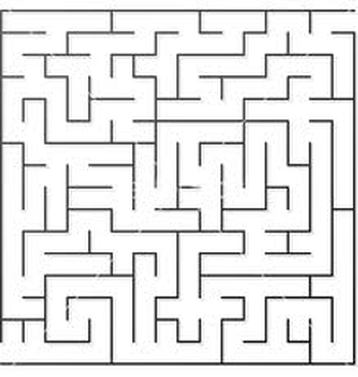
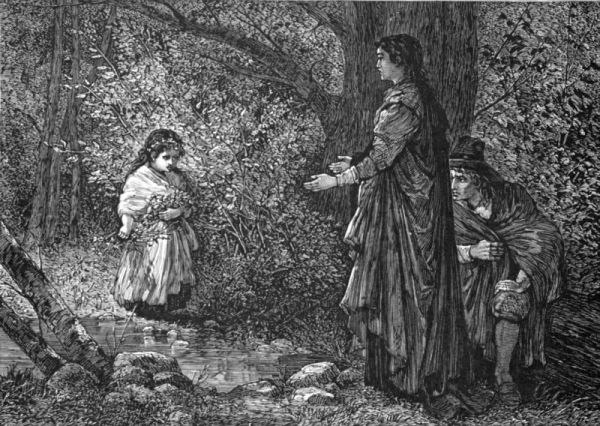
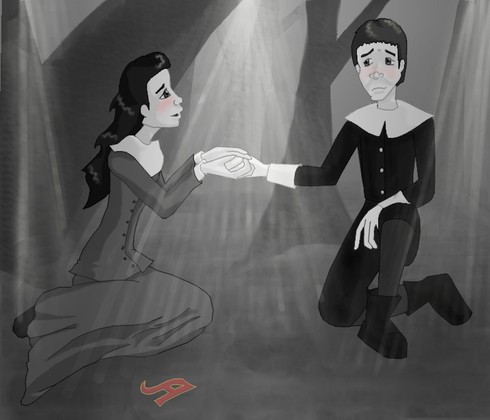
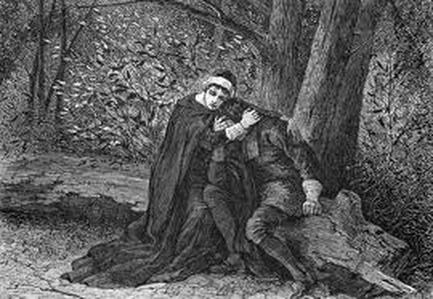

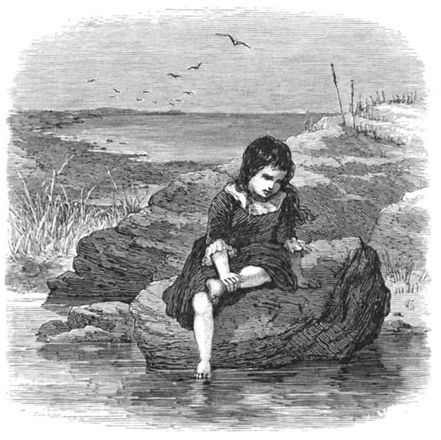
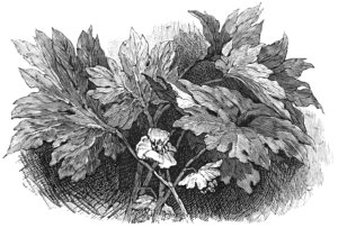
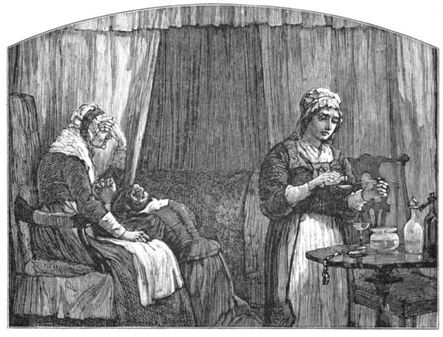
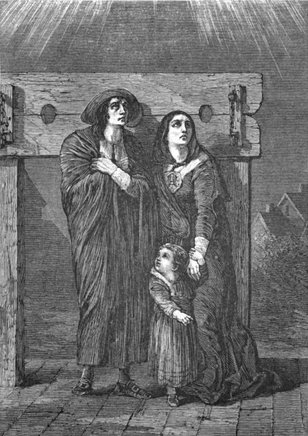


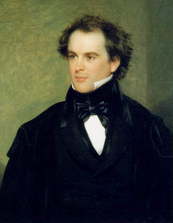
 RSS Feed
RSS Feed